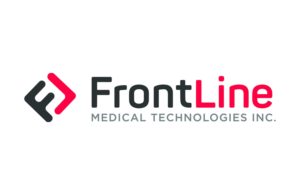 Front Line Medical Technologies today announced that its COBRA-OS bleeding control device won FDA 510(k) clearance.
Front Line Medical Technologies today announced that its COBRA-OS bleeding control device won FDA 510(k) clearance.
The COBRA-OS (control of bleeding, resuscitation, arterial occlusion system) is a 4 French REBOA (resuscitative endovascular balloon occlusion of the aorta) device that provides full occlusion, intermittent occlusion or partial occlusion depending on a patient’s needs.
“With the extremely low profile of the COBRA-OS, we can hopefully help to reduce REBOA procedure times and access site complications. With the time saved and fewer complications, we have the potential to increase the benefits of REBOA for trauma patients and beyond,” cofounder Adam Power said in a news release. “Our goal is to increase access to life-saving REBOA procedures and ultimately decrease the rates of preventable deaths due to blood loss.”
REBOA procedures are minimally invasive and used in emergency situations. It deploys an endovascular occlusion balloon in the aorta to temporarily stem blood flow below the device and increase blood flow to the brain and heart, according to the company.
The procedures can take between five to 10 minutes. Front Line Medical Technologies designed the COBRA-OS to take just over a minute in studies. Its smaller size allows healthcare personnel to quickly and easily deploy the device.
“REBOA is still an evolving procedure, and the COBRA-OS is the latest device to push the limit further in terms of practicality, especially for out-of-hospital cases,” Asha Parekh, cofounder and CEO, said. “The COBRA-OS provides medical professionals with a simple and effective device, which can expand REBOA use and help more patients survive traumatic injuries. FDA clearance is a major milestone and with North America now covered, we will continue to grow and expand into other countries.”
COBRA-OS can be used in a number of clinical situations, including non-compressible torso hemorrhage in trauma, postpartum hemorrhage and gastrointestinal hemorrhage.
Front Line Medical won Health Canada approval for the arterial occlusion system in February.
